

Scaled Agile Gold SPCT Partner
SAFe® for Architects Certification Training in Nashville
The Most Comprehensive Certification Course for Guaranteed Career Success
70K+ Enrolled
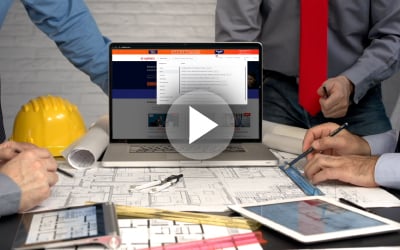


The SAFe for Architects certification is mainly designed for the system, solution, and enterprise architects who are responsible to deliver effective architectural solutions in an organization. In this course, participants will explore the roles and responsibilities of an Agile architect and align the business process with an Agile architect framework to drive valuable business and continuous flow to complex systems-of-systems while supporting SAFe® program execution in Nashville.
Read more...



Guaranteed to Run Workshops

Expert-Led Study Sessions
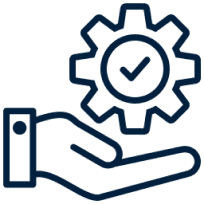
Networking Opportunities

Flexible Monthly Payment Plans

Real-World Case Studies

Hands-On Project Experience
450K+
Professionals trained
250+
Workshops every month
30+
Trainers
450K+
Professionals trained
250+
Workshops every month
20+
Trainers
In the 3 days online training of SAFe® for architects, participants will learn about the roles, responsibilities, and the perception of Agile architects to align the architecture with business value. SAFe® architects can improve collaboration and alignment in a SAFe® Lean-Agile enterprise. The Scaled Agile Framework (SAFe®) has helped various enterprises globally to implement Lean-Agile software and systems while implementing the strategies effectively to overcome the challenges associated with developing and delivering enterprise-class software and systems.
SAFe® for architects is beneficial for those who have a keen interest in understanding how architecture enables continuous value flow and engagement and the contribution of architects to a Lean-Agile enterprise. After completing the SAFe® for architects course, participants will become proficient in aligning architecture with business value, planning architectural runway for successful delivery, and providing leadership during a Lean-Agile transformation. Professionals with a SAFe® certification are highly demanded across organizations because of their capabilities to lead Agile lean transformations for sustainable growth, fastest time-to-market, and increase in productivity. This course helps in gaining the SAFe® 6.0 Architect certification and understanding the role of a SAFe® Architect in an enterprise.
Excellent
70K++ Enrolled
Course Overview
In the 3 days online training of SAFe® for architects, participants will learn about the roles, responsibilities, and the perception of Agile architects to align the architecture with business value. SAFe® architects can improve collaboration and alignment in a SAFe® Lean-Agile enterprise. The Scaled Agile Framework (SAFe®) has helped various enterprises globally to implement Lean-Agile software and systems while implementing the strategies effectively to overcome the challenges associated with developing and delivering enterprise-class software and systems.
SAFe® for architects is beneficial for those who have a keen interest in understanding how architecture enables continuous value flow and engagement and the contribution of architects to a Lean-Agile enterprise. After completing the SAFe® for architects course, participants will become proficient in aligning architecture with business value, planning architectural runway for successful delivery, and providing leadership during a Lean-Agile transformation. Professionals with a SAFe® certification are highly demanded across organizations because of their capabilities to lead Agile lean transformations for sustainable growth, fastest time-to-market, and increase in productivity. This course helps in gaining the SAFe® 6.0 Architect certification and understanding the role of a SAFe® Architect in an enterprise.
SAFe ARCH Training Highlights
24 hours of LIVE Online training
24 PDUs and 24 SEUs
Comprehensive Exam Support
100% Success Rate
Courseware and SAFe Studio Access
All-Inclusive Learning with Exam Fee Included
Access to SAFe Community Portal
Mentorship by Agile Industry Experts
Unlined Practice Test
Training from the Gold SPCT Partner of Scaled Agile
Exam Format

Process To Achieve SAFe ARCH Certification
_1733477516.jpg)
Complete the Training: Attend the SAFe® for Architects Certification Training course to learn key concepts and practices.
Gain Practical Experience: Apply the knowledge in real-world projects to strengthen your understanding.
Take the Exam: Take the SAFe® Architect certification exam to demonstrate your expertise.
Receive the Certification: Earn your official SAFe® Architect credential upon successfully passing the exam.
GET THE SAFe ARCH CERTIFICATION
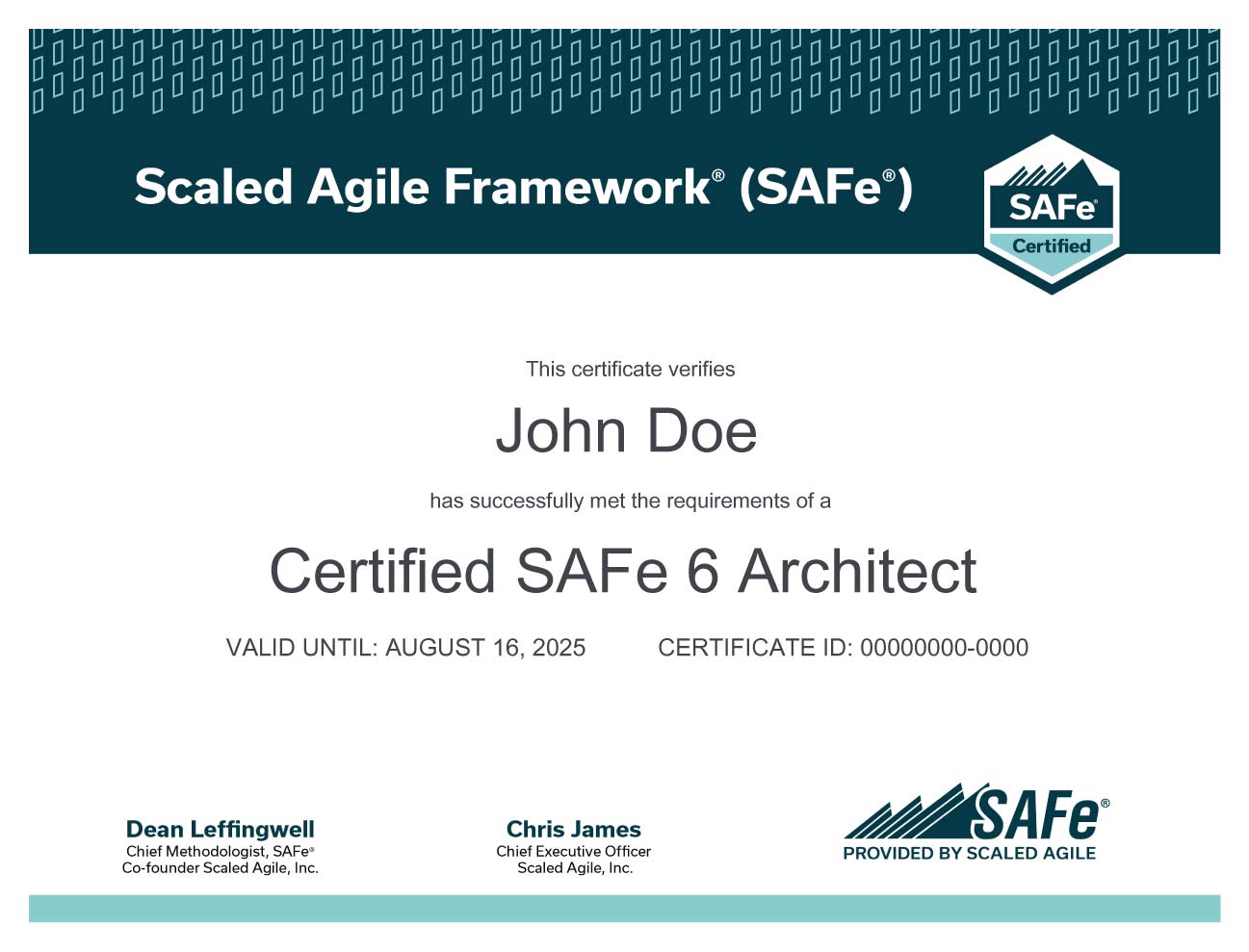
A system's active, evolving design and architecture are supported by a set of values, practises, and partnerships known as agile architecture. With this strategy, which supports the DevOps philosophy, the design of a system can continuously change over time while still meeting the needs of the present user base.
This Cover
By ensuring that solutions are architected for continuous delivery, agile architecture supports a DevOps culture. Architects promote and demonstrate SAFe's CALMR principles while taking part in the design and implementation of the CD pipeline. They promote architecture as code by establishing minimum viable ('just enough') architecture, ensuring loose connection between system components, facilitating the development and evolution of interfaces, and creating minimal viable ('just enough') architecture.
This Cover
Businesses in the digital age depend on technology to provide value to their customers. The technology, systems, and business applications that implement a corporate strategy must evolve as that plan does.
This Cover
A faster path to reaching business objectives is to align architecture with business strategy. Architects translate strategy from strategic themes into solutions to achieve commercial goals. Their Vision, Solution Context, and Solution Intent provide as definitions for those solutions. Roadmaps outline a strategy for achieving the goal. In order to investigate technical options and create the architecture runway, architects and teams jointly define enablers in the roadmap, offering early feedback on reaching certain milestones. Teams balance intentionality and emergence by offering feedback on architectural choices as they layer features on top of them. The Backlog, which outlines all of the work for an ART, is driven by the roadmap. Architects and Product Management work together to prioritise and balance technical tasks and new features. They foresee flow obstacles caused by technology debt and the necessity for architectural runways, and they fight for their prioritization.
This Cover
Architects assist the teams with the plans for the following increment during PI Planning. They include the architectural briefing on the agenda for planning. Architects wander the room while teams develop their plans during breakout sessions to make sure they are appropriately planning technical work and accounting for the ART's Enabler work. And they respond to any queries and worries.
This Cover
Enablers' technical and exploration work is owned by architects, who also direct teams' execution of the Essential and Solution-level work. To keep tabs on developments, deal with problems, and change course, they might go to the sprint planning and/or sprint demo events for those teams. Additionally, they are frequently accessible to the teams to provide coaching, mentoring, and to make sure that concerns and problems are rapidly resolved to prevent architecture from becoming a bottleneck.
This Cover
Architecture must change to accommodate shifting business possibilities and needs. If not, technology turns into a barrier to doing business. New or changed strategic themes that, through the portfolio canvas, convert into new or modified solutions and/or value streams indicate changes in business strategy.
This Cover
The development community frequently respects and holds architects in high regard because of their expertise and knowledge. As a result, architects are crucial to any SAFe change. As Lean-Agile Leaders, architects serve as role models for leaner ways of thinking and acting so that developers can benefit from their guidance, coaching, and support. To expand the development community's knowledge base and skill set, they promote autonomy and mastery.
This Cover
Teams construct the Features and Enablers with the highest priority for each iteration. These short-term work items are defined and prioritised in collaboration with Product Management by architects. They offer insights on feasibility that aid in defining and sizing present Features and their acceptance standards. Future Features are also taken into account, and Enablers are defined in the backlog for teams to investigate and learn about, ensuring the future Feature's viability.
This Cover
COURSE Curriculum
A system's active, evolving design and architecture are supported by a set of values, practises, and partnerships known as agile architecture. With this strategy, which supports the DevOps philosophy, the design of a system can continuously change over time while still meeting the needs of the present user base.
This Cover
By ensuring that solutions are architected for continuous delivery, agile architecture supports a DevOps culture. Architects promote and demonstrate SAFe's CALMR principles while taking part in the design and implementation of the CD pipeline. They promote architecture as code by establishing minimum viable ('just enough') architecture, ensuring loose connection between system components, facilitating the development and evolution of interfaces, and creating minimal viable ('just enough') architecture.
This Cover
Businesses in the digital age depend on technology to provide value to their customers. The technology, systems, and business applications that implement a corporate strategy must evolve as that plan does.
This Cover
A faster path to reaching business objectives is to align architecture with business strategy. Architects translate strategy from strategic themes into solutions to achieve commercial goals. Their Vision, Solution Context, and Solution Intent provide as definitions for those solutions. Roadmaps outline a strategy for achieving the goal. In order to investigate technical options and create the architecture runway, architects and teams jointly define enablers in the roadmap, offering early feedback on reaching certain milestones. Teams balance intentionality and emergence by offering feedback on architectural choices as they layer features on top of them. The Backlog, which outlines all of the work for an ART, is driven by the roadmap. Architects and Product Management work together to prioritise and balance technical tasks and new features. They foresee flow obstacles caused by technology debt and the necessity for architectural runways, and they fight for their prioritization.
This Cover
Architects assist the teams with the plans for the following increment during PI Planning. They include the architectural briefing on the agenda for planning. Architects wander the room while teams develop their plans during breakout sessions to make sure they are appropriately planning technical work and accounting for the ART's Enabler work. And they respond to any queries and worries.
This Cover
Enablers' technical and exploration work is owned by architects, who also direct teams' execution of the Essential and Solution-level work. To keep tabs on developments, deal with problems, and change course, they might go to the sprint planning and/or sprint demo events for those teams. Additionally, they are frequently accessible to the teams to provide coaching, mentoring, and to make sure that concerns and problems are rapidly resolved to prevent architecture from becoming a bottleneck.
This Cover
Architecture must change to accommodate shifting business possibilities and needs. If not, technology turns into a barrier to doing business. New or changed strategic themes that, through the portfolio canvas, convert into new or modified solutions and/or value streams indicate changes in business strategy.
This Cover
The development community frequently respects and holds architects in high regard because of their expertise and knowledge. As a result, architects are crucial to any SAFe change. As Lean-Agile Leaders, architects serve as role models for leaner ways of thinking and acting so that developers can benefit from their guidance, coaching, and support. To expand the development community's knowledge base and skill set, they promote autonomy and mastery.
This Cover
Teams construct the Features and Enablers with the highest priority for each iteration. These short-term work items are defined and prioritised in collaboration with Product Management by architects. They offer insights on feasibility that aid in defining and sizing present Features and their acceptance standards. Future Features are also taken into account, and Enablers are defined in the backlog for teams to investigate and learn about, ensuring the future Feature's viability.
This Cover
40+ Certification programs made an impact
Employee retention improved by 45%
Work satisfaction and capabilities improved by 30% on an average
100+
Clients













SAFe ARCH Certification COURSE For Corporates
Simpliaxis provides In person and live virtual instructor- led corporate training program customized for enterprise teams who wish to train their employees on specific aspects of their job processes or responsibilities. The corporate training by our expert certified trainers will enhance your learning curve and enable your teams to utilize their skills to meet the industry standards
Our Customer words for us







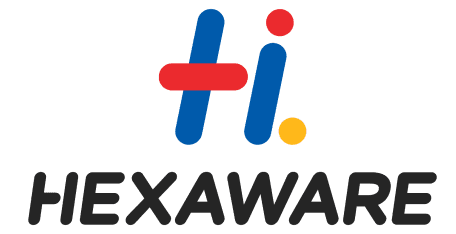

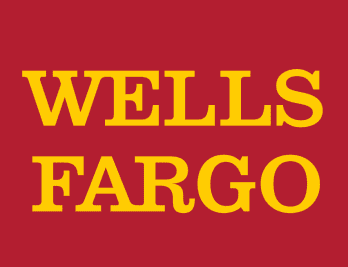








SAFe Big Picture
- Achieving Business Agility with the Scaled Agile Framework (SAFe)
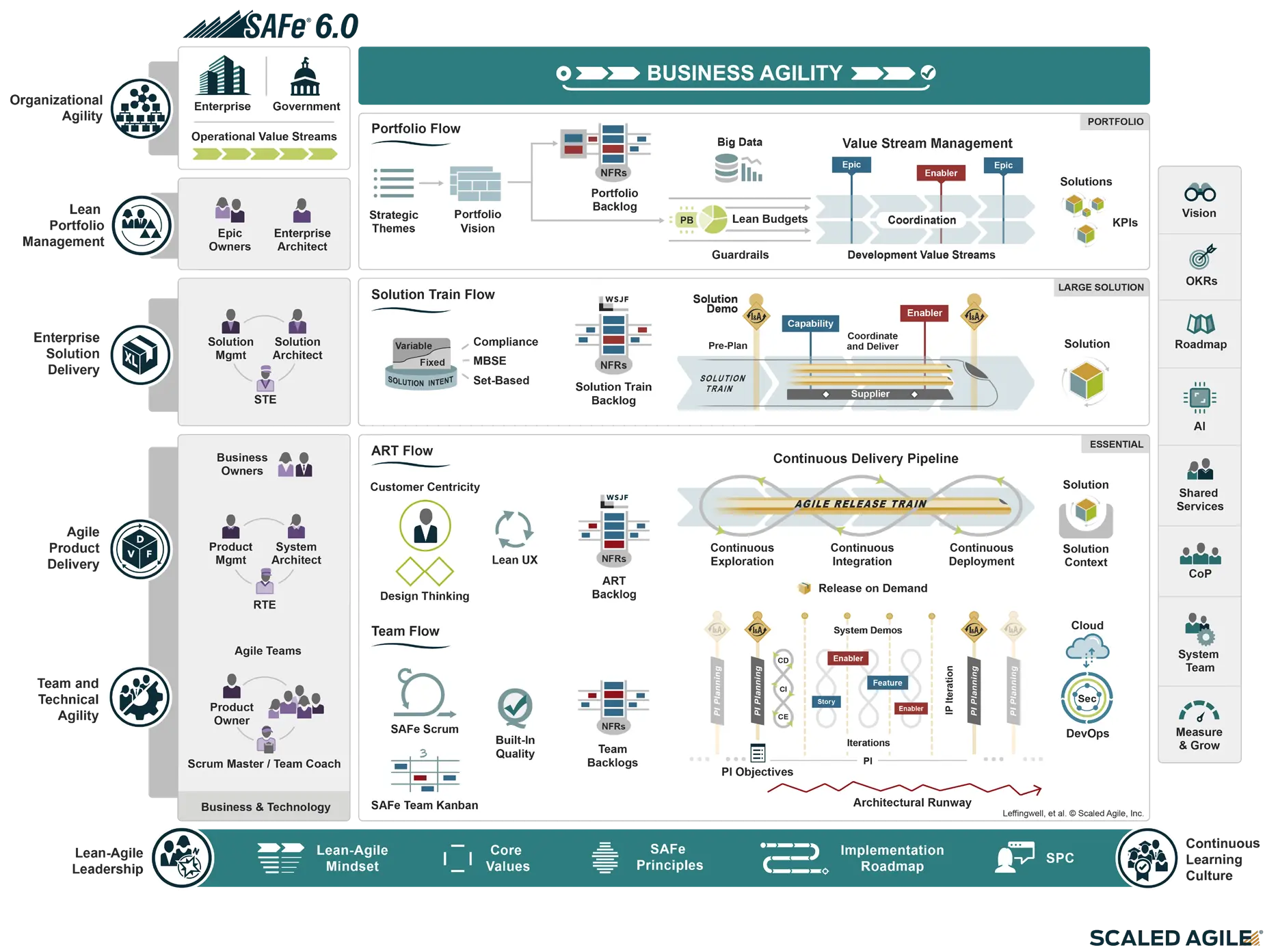
Meet the Team That's Invested in Your Success
Instructors
View All TrainersSAFe ARCH Course FAQs
Getting a SAFe® for Architects certification from Scaled Agile can provide you with many benefits such as:
You can reach out to our experienced career counselor
or email us on support@simpliaxis.com
or contact any of our phone numbers
or you can chat with us anytime
or visit our contact us page https://www.simpliaxis.com/contact-us